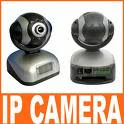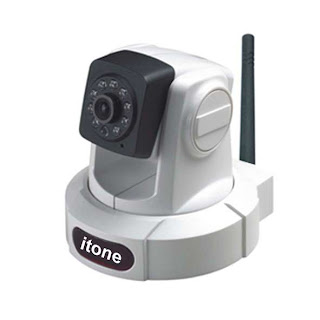A Network IP Camera is a stand-alone device which allows a user to view live, full motion video from anywhere on a computer network, even over the Internet, using a standard web-browser.
Until very recently, video security and surveillance was accomplished using Closed Circuit Televi
 sion or CCTV. This technology included analog cameras, coaxial cable and video tape recorders. Video sec
sion or CCTV. This technology included analog cameras, coaxial cable and video tape recorders. Video sec urity and surveillance started entering the digital age with the advent of CCD sensors which digitized image capture in the camera. However, transmission was still analog via coax to analog VCR's. The next step was the introduction of Digital Video Recorders (DVR's) connected directly to analog cameras, which made storing, searching and retrieving video much more efficient. PC's were then introduced for display of the images through a modem or network connection to the DVR.
urity and surveillance started entering the digital age with the advent of CCD sensors which digitized image capture in the camera. However, transmission was still analog via coax to analog VCR's. The next step was the introduction of Digital Video Recorders (DVR's) connected directly to analog cameras, which made storing, searching and retrieving video much more efficient. PC's were then introduced for display of the images through a modem or network connection to the DVR.The entire system has now been digitized with the introduction of Network Cameras incorporating onboard processors and web server software. These Network Cameras can be connected directly to existing IP networks, eliminating the need for separate and expensive coaxial cable networks. Images can be viewed and cameras managed from anywhere via a web browser, plus any hard disk on the network can be set up to record the video output.
Another significant technology called Video Servers, allow existing CCTV installations to gain the benefit of Network Video, while protecting investments in analog cameras. Video Servers connect to IP Networks and convert the signal from analog cameras to digital format. Like Network Cameras, Video Servers contain onboard processors and web server software that makes each camera IP addressable. Essentially, Video Servers turn CCTV cameras into IP Network Cameras.